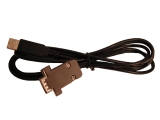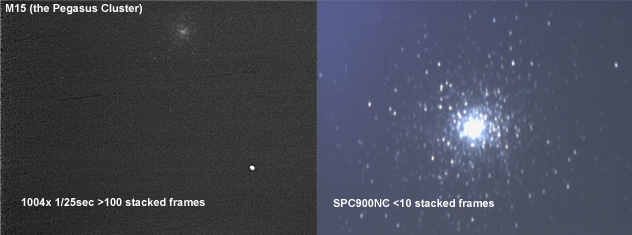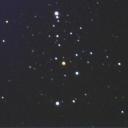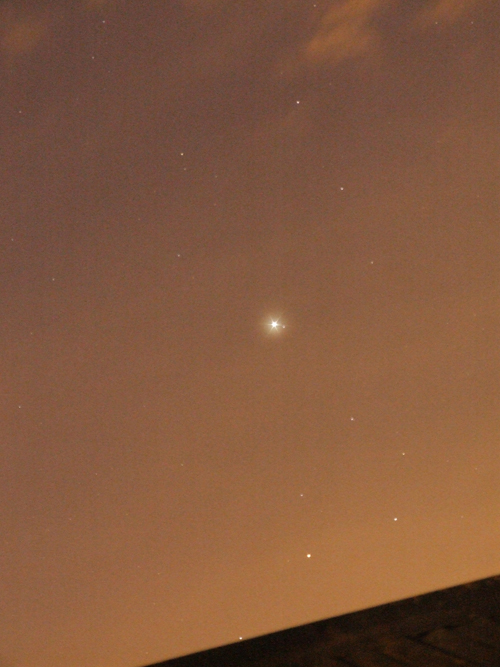At last summer has arrived, if only for a couple of days, it’s very welcome. With a clear sky all day yesterday I was downhearted to see clouds start to build late afternoon. We’d put up our inflatable paddling pool on the patio, right where my scope goes, and decided to leave it up over the weekend as the forecast is so good.
So when the clouds cleared I had to find a new location for the scope. There was just enough room alongside the pool but it meant I was in danger of falling in every time I tried to get to the finder scope to align the mount. A couple of times I came close to going in but thankfully I made it ’til morning without any mishaps.
I imaged from 9pm until 4:30am and then left the scope performing 2 minute exposures of M31 as the sky lightened, the dog will stop anyone hopping over the back wall to make off with the equipment so I was happy to flop into my favourite armchair and close my eyes for a couple of hours. It was 7:20 when I awoke and ran to the garden to stop K3CCDTools from taking white shots of the sky. It turns out the sky had lightened about 1 hour after I’d come indoors so I only had 30 frames and being 2 minute exposures only 2 were usable as PE had spoilled the others.
You can see the bright star in the first image that I needed to stack the frames. Without this registax wasn’t able to align the frames. In the second image I was spoiled for choice with so many stars to choose and I ran it through registax several times using different points to see if I could make the image sharper. I’m happy with how it turned out but as always I could do better.

I did however manage to get some more M’s for my collection. M2, I hadn’t tried before, M15 I had done with the 1004x but had never got more than a faint smudge. I got 138 x 50 second images of M27 which when processed gave me my most detailed dumbbell to date, I also got M51 (again) but no improvement on the last one. I must get autoguiding working as I really struggle to get anything longer than 40 seconds and most frames at 40s will be spoilled. I’ve read that the EQ-6 is prone to having over-tightened worm bearings which may account for this but after spending so much on it I’m not going to take it apart just yet. An autoguider will fix the problem and I’ve ordered a USB EQ-DIR interface to allow me to use EQMOD which is producing some exceptional images around the world at the moment.
Using this interface will open up the posiblity of using EQ-Mosaic which allows areas of the sky to be imaged in sequence to produce a synthetic wide-field shot. I can’t wait to start playing with that!
M30 was the last M I added to the catalogue, with a bright moon I was looking for targets that weren’t too close, and also working through a list of targets that I’d made for just such an occasion. With a narrow field of view my list is generally only objects that will fit within the frame, but sometimes I’ll image the centre of an object just to see if I can make out any detail.
I’ve been tweaking the white balance on the camera controls lately and I don’t think I’ve got it right yet. I lower the value for blue as I’ve told the SPC900NC is too blue, then everything goes red, so I lower the value for red also and end up with darker backgrounds, which is good, but I think I’m loosing colour detail from the images. It may be worth waiting until I get the images onto my PC before worrying about if they are too blue, or too red. I’m sure I can correct this in PhotoShop.




